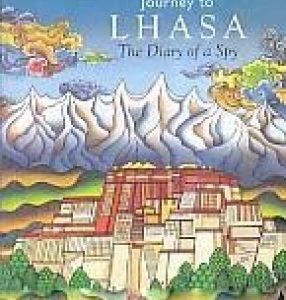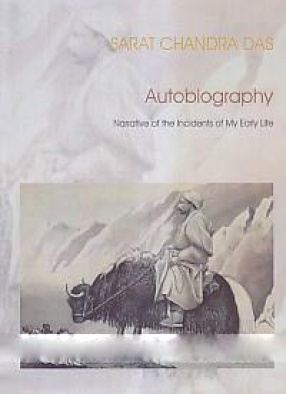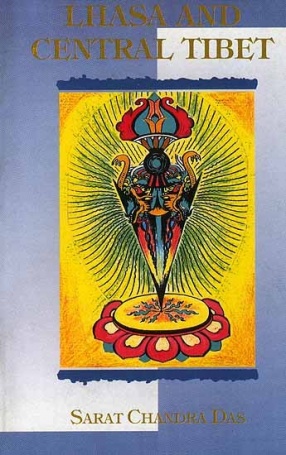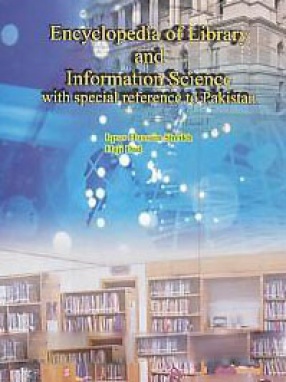This dictionary, result of many years of labor, was first published in 1902, after having been reviewed by a board of scholars. This authoritative dictionary follows a chronology of Tibetan words in alphabetical order,accepterd Sanskrit equivalents, English transliteration, and meanings. Alex Csoma De Koros, the pioneer student of Tibetan, in the preface of his Tibetan-English –Dictionary, published in 1834, wrote as follows:-When there shall be more interest taken for Buddhism and for diffusing Christian and European knowledge throughout the most eastern parts of Asia, the Tibetan Dictionary may be much improved, enlarged, and illustrated by the addition of Sanskrit terms. The result of his investigations, to speak in Csoma’s own words, was that the literature of Tibet is entirely of Indian origin. The immense volume on different branches of science, etc., being exact or faithful translations from Sanskrit works, taken from Bengal, Magadha, Gangetic or Central India, Kashmir, and Nepal, commencing from the seventh century after Christ. And that many of these works have been translated (mostly from Tibetan) into the Mongol, Manchu, and the Chinese languages, so that by this means the Tibetan language became in Chinese Tartary the language of the learned as the Latin in Europe. This dictionary includes words of modern Tibetan which were known to Csoma or Jaschke.
ABOUT THE AUTHOR Sarat Chandra Das
Sarat Chandra Das is among the greatest pioneers of explorer and discoverer who ever entered Tibet. Born in 1849, in Eastern Bengal, in a Hindu family of the Vaidya, he received his education from the Presidency College at Calcutta, where he became favourably known to Sir Alfred Croft, who ever since has been his friend and guide in his geographical and literary work, and by whose representations to the Indian Government it became possible for him to perform his important journeys into Tibet. Mr. Das made his first journey into Tibet in 1879 at the invitation of the Tashi Lhunpo Monastery. His second journey was made in the late 1881. In both the journey, Lama Ugyen Gyatso, a Tibetan lama from Sikkim and connected with the reigning family of the State, acted as his guide and companion. In his journeys to Tibet, beginning with Tashi Lhunpo, a great centre of leaerning, Sarat Chandra Das explored the valley of Yarlung, where Tibetan civilisation is said to have first made its appearance. The report of his journeys were printed in two separate publications by order of the Government of Bengal. They are entitled "Narrative of a Journey to Lhasa", and "Narrative of a Journey Round Lake Yamdok, and in Lhokha, Yarlung, and Sakya". for variuos reasons these reports were kept as strictly confidential documents by the Indian Government until about 1890. The amount of literary work accomplished by Sarat Chandra Das since his return from Tibet in 1883 is enormous. he brought back with him over two hundred volumes, manuscripts or block-prints, obtained from the great libraries in Tibet, a number of them in Sanskrit, and for past many contries lost in India. For his achievements, he was awarded the title of Rai Bahadur by the Government of India, and in 1887 the Royal Geographical Society awarded him the "Back Premium" for his geographical researches.








There are no reviews yet.